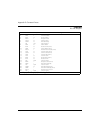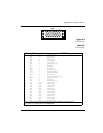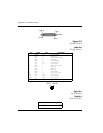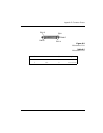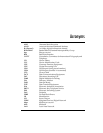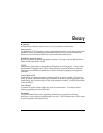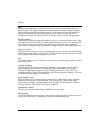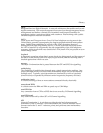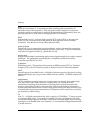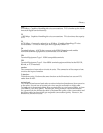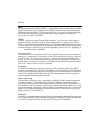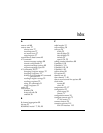
Glossary
124 ISU 128 User Manual 61202.029L2-1
DDS
Dataphone Digital Service. AT&T private line service for transmitting data over a
digital system. The digital transmission system transmits electrical signals directly,
instead of translating the signals into tone of varied frequencies as with traditional
analog transmission systems. Digital techniques provide more efficient use of
transmission facilities, resulting in lower error rates and costs than analog systems.
digital loopback
Technique for testing the digital processing circuitry of a communications device. May
be initiated locally or remotely via a telecommunications circuit. Device being tested
will echo back a received test message after first decoding and then encoding it.
The results are compared with the original message (compare with analog loopback).
four-wire circuits
Telephone lines using two wires for transmitting and two wires for receiving offering
much higher quality than a 2-wire circuit. All long distance circuits are 4-wire. Almost
all local phone lines and analog phones are 2-wire.
hub
(1) Communications center, (2) Major routing station for connecting channels, (3) DDS
connecting center.
in-band signalling
Signalling made up of tones which pass within the voice frequency band and are
carried along the same circuit as the talk path being established by the signals.
Virtually all signalling (request for service, dialing, disconnect, etc.) in the U.S. is
in-band signalling. Most of that signalling is MF (multi-frequency) dialing. The more
modern form of signalling is out-of-band.
interexchange carrier
Since divestiture, any carrier registered with the FCC authorized to carry customer
transmissions between LATAs interstate, or if approved by a state public utility
commission, intrastate. Includes carriers such as AT&T Communications, Satellite
Business Systems, GTE Telenet, GTE Sprint, and MCI.
information element
The name for the data fields within an ISDN Layer 3 message.
interworking
Communication between two types of networks or end equipment. This may or may
not involve a difference in signalling or protocol elements supported.



